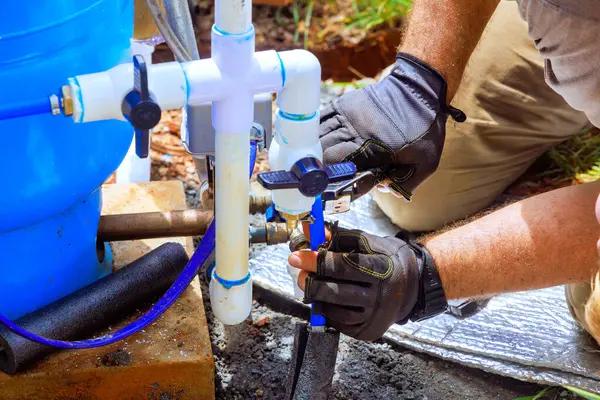Water sampling is a critical process that plays an integral role in ensuring the safety of our water supply. It involves collecting samples of water from various sources such as rivers, lakes, wells, and even taps for analysis to determine their quality and safety levels. This process is crucial because it helps identify any potential contaminants or pollutants that may pose health risks if consumed or used by humans.
The water sampling process begins with the selection of appropriate sites from which to draw samples. These sites are typically chosen based on factors such as proximity to potential pollution sources, population density, historical data on water quality, and other relevant considerations. Once the sites have been determined, trained technicians then collect the samples using specialized equipment designed to prevent contamination during collection.
The collected samples are then transported under controlled conditions to a laboratory for testing. The testing phase involves several steps including physical examination for color and turbidity; chemical analysis for pH level, mineral content and possible presence of harmful substances like lead or pesticides; biological tests to detect bacteria, viruses or other microorganisms; and radiological tests when necessary.
Each sample undergoes these rigorous analyses so scientists can accurately assess its overall quality. If any anomalies are detected – such as unusually high levels of certain chemicals or bacteria – further investigations may be carried out to pinpoint their source(s) and devise strategies for addressing them.
Water sampling matters greatly because it’s fundamental in protecting public health. Contaminated water can cause numerous diseases ranging from minor illnesses like diarrhea to life-threatening conditions like cholera or typhoid fever. By regularly monitoring our water supplies through sampling processes, we can ensure they remain safe for consumption and use.
Furthermore, this procedure also aids in environmental conservation efforts by helping track pollution levels in bodies of water over time. Such information can inform policies aimed at reducing pollution and preserving aquatic ecosystems.
In essence, understanding the importance of the how is water sampling done crucial not only for those directly involved in its execution but also for the general public. It’s a proactive measure that ensures our water is safe to drink, cook with, and bathe in. Additionally, it contributes to wider environmental conservation initiatives by monitoring and controlling pollution levels.
In conclusion, the water sampling process is an essential aspect of maintaining public health and preserving our environment. By ensuring that our water sources are regularly tested and monitored for quality and safety, we can protect ourselves from potential health risks while also contributing to the sustainability of our planet’s precious resources.




